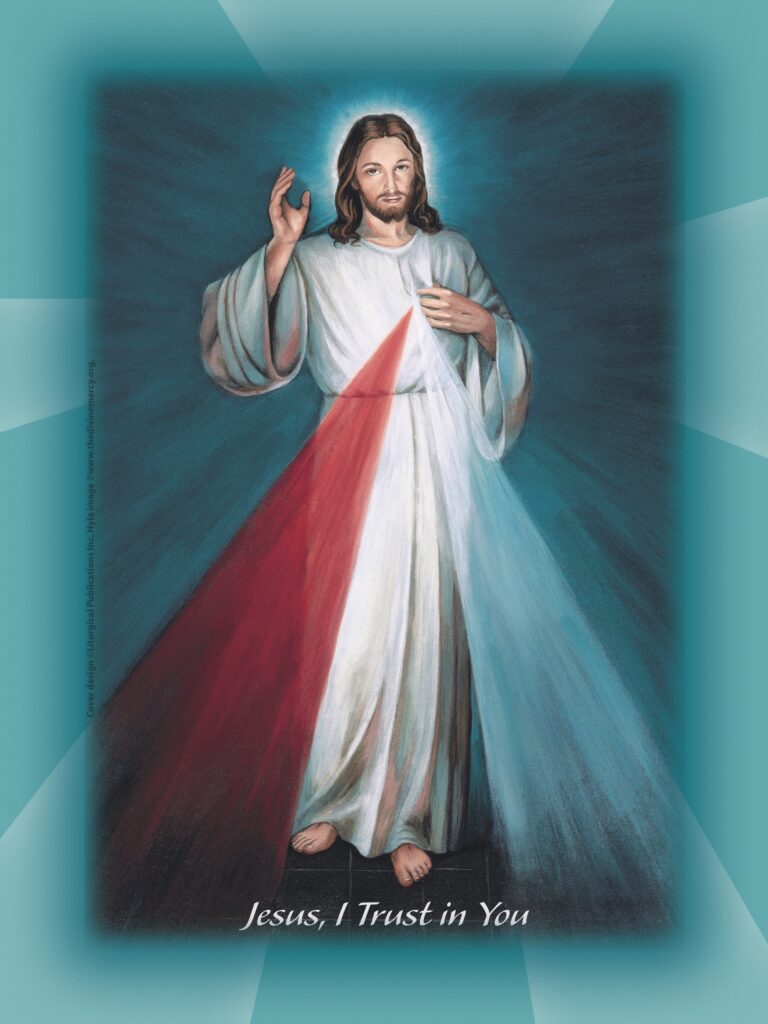I just finished reading Understanding Divine Mercy by Fr. Chris Alar, MIC (Stockbridge:MA. Marian Press. 2021). He writes as a member of the Marian Fathers of the Immaculate Conception from the National Shrine of Divine Mercy in Stockbridge, MA.
Fr. Alar writes not just to teach about devotion to the Divine Mercy, such as praying the Divine Mercy Chaplet. He writes to tell us about the message of Divine Mercy. Jesus comes to deliver God’s mercy. Mercy is more than being forgiving for our sins. It is more than us forgiving others. Mercy is at the core of who we are as Christians.
Fr. Alar answers the question, “What is the remedy for our suffering?” by stating, “The answer is found in Divine Mercy, which is essentially defined as God loving the unlovable and forgiving the unforgiveable. By our sins we have made ourselves both technically unlovable and unforgivable, and as a result, we suffer terribly” (9).
Regular readers of my blog know that when I read a book, I sometimes write from one to four articles on it. I’m not going to do that here. Instead, I am going to offer a few highlights here and invite you to read the book for yourself if you feel so led by the Spirit.
He writes several pages to help us understand the message of Divine Mercy through Fr. George Kosicki’s acronym, A-B-C. A is to “Ask for God’s mercy”. B is “Be Merciful to each other” and C is to “Completely trust in God’s mercy” (26-33) Of course, we know we need to ask for God’s mercy but do we completely trust in his mercy?
Fr. Alar then introduces another acronym to help understand devotion to Divine Mercy, F-I-N-C-H (41), which he spends a couple of chapters explaining.
“F = The Feast of Divine Mercy
I = The Image of Divine Mercy
N = The Novena of Divine Mercy
C = The Chaplet of Divine Mercy
H = The Hour of Divine Mercy” (41)
We celebrate the Feast of Divine Mercy on the Second Sunday of Easter, the eighth day of our celebration of Easter. Fr. Alar explains how while the number seven signifies completion in the natural realm, the number eight “is the number of completion in the supernatural realm” (73).
Fr. Alar also helps us understand plenary indulgences not as a business transaction to alleviate punishment from sin but as part of mercy (80-84). He provides explanation for what we see in the image of the Divine Mercy
as well as helping us how to pray in our hearts the Novena and Chaplet of Divine Mercy. To end the acronym, FINCH, “H” is the Hour of Divine Mercy. We celebrate this hour at 3 pm, the time at which Jesus gave his life for us on the Cross.
Then, Fr. Alar writes extensively on suffering (134ff) to help us understand the place of our suffering in God’s Mercy. He speaks of the sufferings of Christ and says, “When we unite our sufferings with His on the Cross, we become partners with him in His work of salvation” (136). Citing St. Faustina’s Diary (303), he writes “When we suffer much we have a great chance to show God that we love him” (Fr. Alar, 147).
This is just some highlights of what Fr. Chris Alar offers in his new book, Understanding Divine Mercy. If you haven’t read about the Divine Mercy message and devotion, I invite you to read this book.
Peace,
Fr. Jeff

